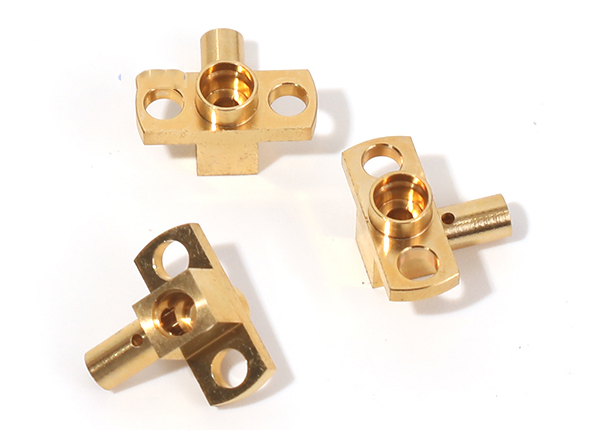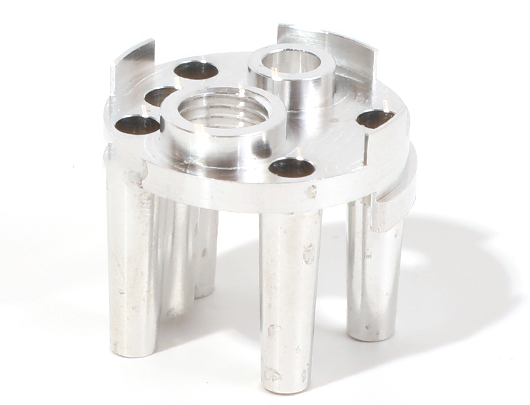
CNC Machining Aeronautical Parts
What are the development characteristics of aviation materials for aviation parts processing companies?
Aviation materials are a general term for various materials used in the manufacturing of aircraft, aircraft engines, and onboard equipment. What are the development characteristics of aviation materials for aviation parts processing companies?
1.The application of new technologies and processes is the main way to develop aviation materials
Aviation materials belong to knowledge intensive and technology intensive disciplines. Many facts have shown that it is difficult to meet the increasingly high requirements of modern aviation technology by solely relying on traditional processes and technologies to change material composition. Therefore, countries attach great importance to the development and application of new technologies and processes in the field of aviation materials, which has promoted the development of aviation materials.
The new technologies and processes applied and developed by various countries in the development of aviation materials mainly include:
2,Directional solidification technology, mechanical alloying, rapid solidification, composite cutting technology, electron beam, plasma beam and laser beam technology, vacuum arc remelting, fine grain casting technology and corresponding development of hot isostatic pressing technology, superplastic forming technology, solid-state welding technology.
The application of composite materials and structures is increasing day by day
In the past 20 years, the development and application of composite materials have been extremely rapid. They have been tested on military aircraft since the early 1970s and have recently expanded to civilian use, from non load bearing and secondary load bearing components to primary load bearing components. The usage has increased from less than 1% of the aircraft structural mass to 30u/0-50%, and fully composite aircraft have emerged.
3,Material development is gradually moving towards quantification
As people's understanding of the relationship between material properties, composition, organization, and various influencing factors deepens, material development has gradually been quantified. In recent years, with the development and application of computer technology, breakthroughs have been made in the quantification of alloy research and development. New alloy design methods have been proposed, and gratifying achievements have been made in the development of new alloys, achieving the design of new alloys according to specified properties.
For example, the Japan Institute of Metal Materials used alloy design methods to redesign the American M247 directional alloy, increasing the cobalt and chromium content and reducing the carbon and titanium components. The resulting directionally solidified TMD-5 alloy has much higher performance than M247 alloy.
4,The development of materials towards high purity and high uniformity
In recent years, the role of trace elements has attracted increasing attention, and the control of impurity elements has become stricter. Material research is developing towards high purity, high uniformity, and high precision. As is well known, inclusions have a significant impact on fatigue performance and stress corrosion resistance, especially in high-strength materials that are sensitive to notches. Therefore, foreign countries have increasingly strict requirements for the S, P content and inclusions of ultra-high strength steel.
For example, the relevant technical standards in the United States stipulate that the S and P content of 300M steel must be less than 0.015%, and the sum of the two must not exceed 0.025%. The control of S and P content in the factory is stricter, with a requirement of less than 0.006%, in order to ensure the superior performance of ultra-high strength steel and extend its service life.
Integration is an important feature of the development of aviation materials
5,Materials engineering is a field with a wide range of content, including component design, formulation and molding, material selection, processing and manufacturing, use and maintenance, failure analysis, etc. With the development of science and technology, there are more and more phenomena of interdisciplinary intersection, mutual infiltration, and mutual promotion. Materials, processes and performance, design, manufacturing and materials are becoming increasingly integrated.
For example, in the application of composite materials, due to the anisotropy of composite materials, in order to fully utilize the advantages of composite materials, it is necessary to combine design, materials, processes, and testing techniques well, and comprehensively consider the stress state, fiber layer direction, and layer quantity in order to obtain the best performance.









